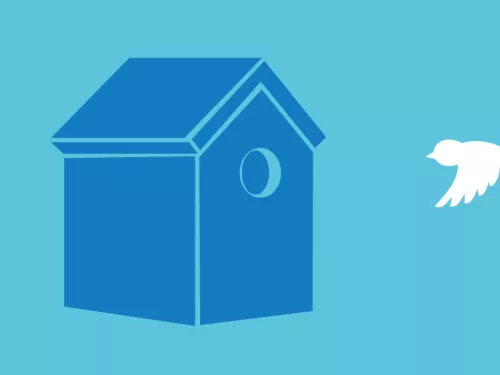
How to build a bird box
With natural nesting sites in decline, adding a nestbox to your garden can make all the difference to your local birds.
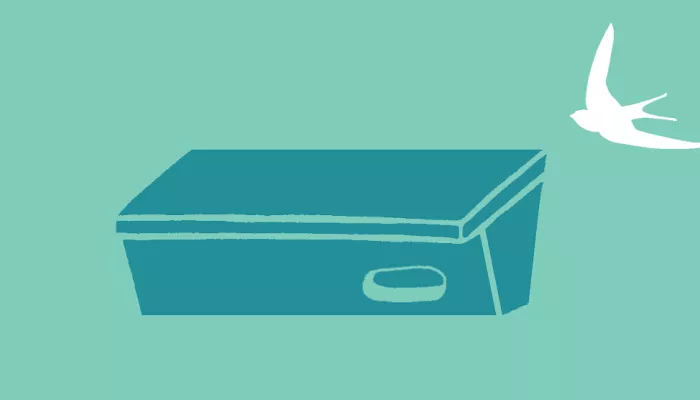
Swifts like to leave their nests by dropping into the air from the entrance. This is why they often choose to set up camp in the eaves of buildings. If you have a wall that's at least five metres tall, with a clear flyway in front, then installing a swift box or brick onto your own home is a great idea!
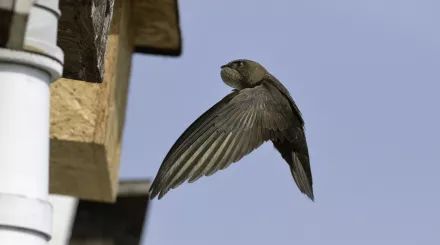
Nick Upton


With natural nesting sites in decline, adding a nestbox to your garden can make all the difference to your local birds.

Surfaced spaces needn't exclude wildlife! Gravel can often be the most wildlife-friendly solution for a particular area.
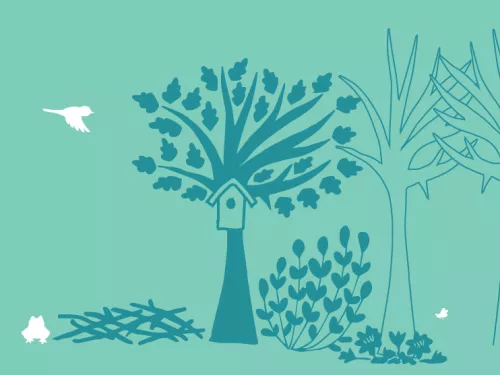
Few of us can contemplate having a wood in our back gardens, but just a few metres is enough to establish this mini-habitat!
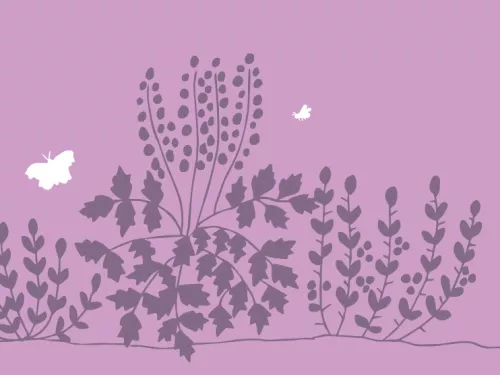
Woody shrubs and climbers provide food for wildlife, including berries, fruits, seeds, nuts leaves and nectar-rich flowers. So why not plant a shrub garden and see who comes to visit?
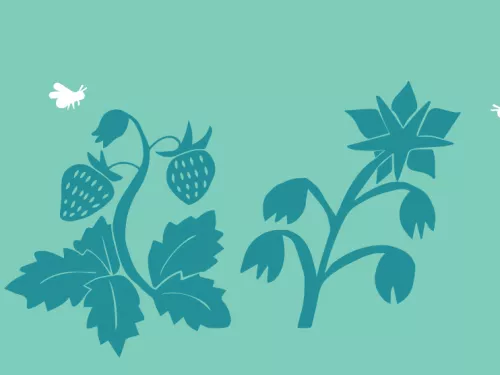
Grow plants that help each other! Maximise your garden for you and for wildlife using this planting technique.
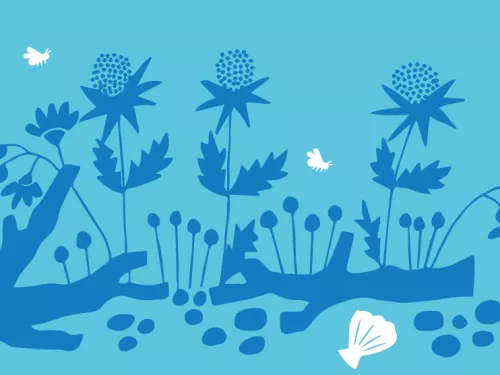
Coastal gardening can be a challenge, but with the right plants in the right place, your garden and its wildlife visitors can thrive.